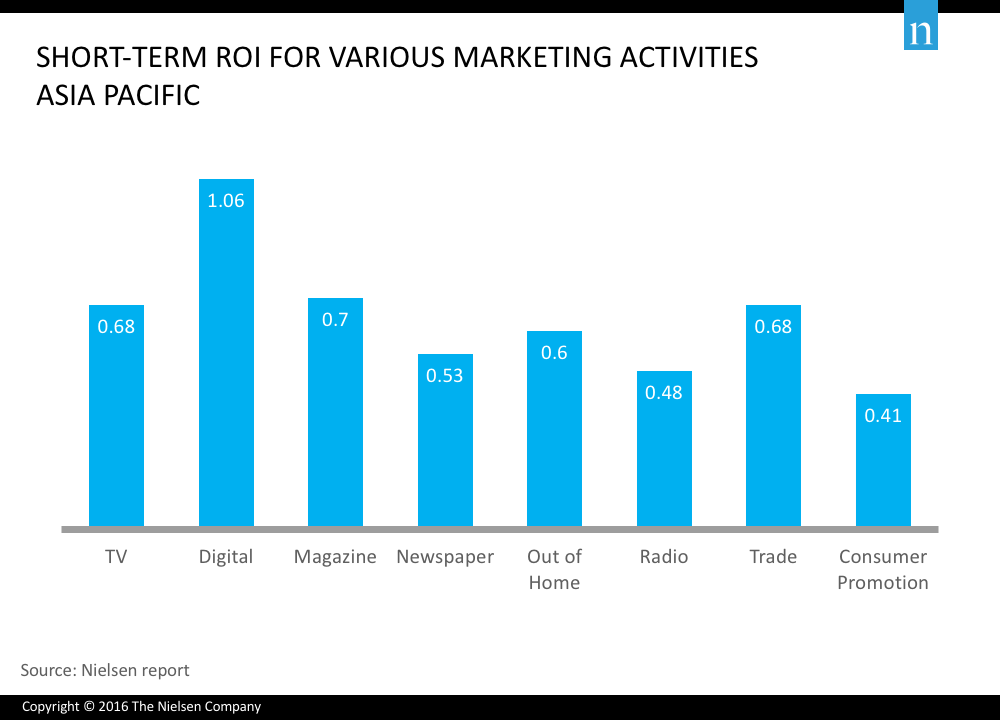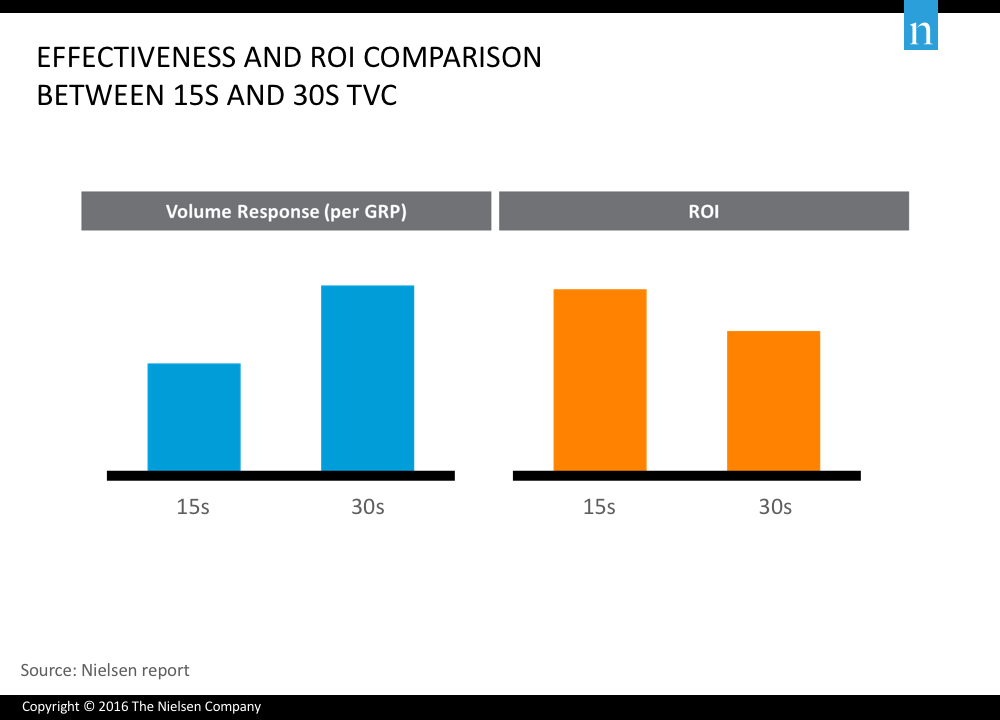Marketers in Vietnam spend over $1 billion annually, but it is estimated that up to 30% does not pay off. That’s $300 million which doesn’t bring the return on investment from marketing activities each year. Little do brands know exactly where their investments did not generate the desired outcomes. So, the questions remain the same from year to year: How to make every single dollar invested in marketing count? How do I allocate my budget among the different channels? And how do I know if my activities are working well enough or need improvements?
In an era where consumers become more sophisticated and are exposed to multiple sources of information coupled with the fragmented media landscape, the challenge for brands is how to be appealing to consumers, yet that is only the beginning. Ultimately, effective marketing needs to translate into more sales. In general, brands do see a higher uplift from campaigns and activities, but when it comes to marketing spending, it’s not the case of “the more, the better”. The right question to ask should be “Is my marketing activity efficient?”. In addition, marketing can be a complicated matrix involving efforts from ATL and BTL activities on all platforms. Thus it is inevitable that marketers own a solid framework for budget allocation to increase their return on investment (ROI) of their brands. ROI is an indicator of efficiency for any investment, showing how much incremental dollar in revenue is generated per every dollar spent. Among all the elements marketers in Vietnam consider before making investments, ROI unfortunately often tends to be overlooked. As the market becomes more competitive for a share chase game and organic growth is something not easy to achieve, many companies demand bottom line cost reduction. Justifying an enormous marketing budget can be a daunting task to marketers. It is now more crucial than ever for marketers to understand ROI of every marketing dollar spent, whether media or trades, to increase efficiency, maximise sales potentials and more importantly, foster business growth.
Marketing spend varies greatly across industries and regions depending on which channel resonates most with consumers. For instance, TV is the dominant channel of advertising for FMCG, while the service industry may place more dollars toward digital advertising. According to Nielsen studies from hundreds of brands across industries in the Asia-Pacific region, online platforms deliver the highest return on investment, followed by magazines, TV and trade. Nevertheless, the optimal mix of marketing needs to be tailored to each brand’s unique situation, depending on the life stage of the brand. Newer brands may need to build long-term brand equity at the expense of short-term ROI, while a more mature brand should work to maximise the total ROI on a regular basis.

In Vietnam, TVC is still the most dominant marketing vehicle across the industry due to its wide reach to consumers. When considering a TVC campaign, duration, channel, and flighting – spacing between air time – are the three key elements to ensure a high ROI, besides the creative qualities of the ads. The longer TVC can deliver more detailed information, and is better at generating awareness, but often much more expensive than a 15s ad. Thus, the right mix of 15s/20s/30s is crucial to balance between the effectiveness of the TVC and your budget. Brands also need to understand their target consumers and the key purpose of each ad to choose the right channel and the right time to be on air. And equally important is the flighting-to the efficiency of your campaign. It’s a common practice for many brands to spend heavily on a few big campaigns each year and stay off-air in the remaining time. That common practice needs to be changed. Nielsen study has shown that a more constant flighting will maximise your sales opportunity.

Ultimately, each individual brand will need to customise its own marketing strategy and plan that are best suited to its market position based on the understanding of the industry it plays in. However, to maximise return on investment and generate effective marketing activities, companies simply cannot afford to ignore the importance of marketing mix optimisation and media planning. Brands that choose a data-driven approach for marketing planning yield higher returns and therefore reduce the chance of wasting spends and efforts.
For more information on how to unlock your marketing effectiveness to maximise return on investment in Vietnam, reach out to Thao at thao.p.nguyen@nielsen.com.



